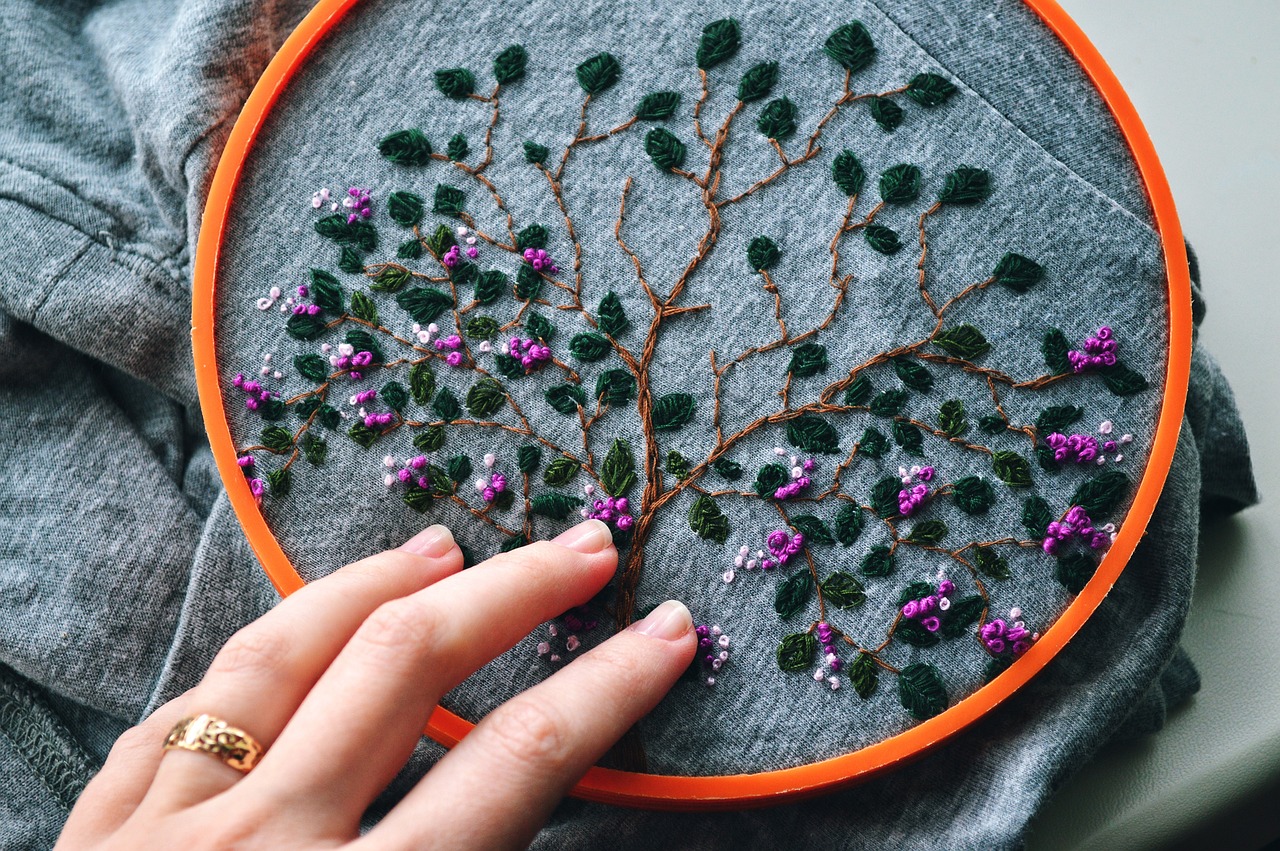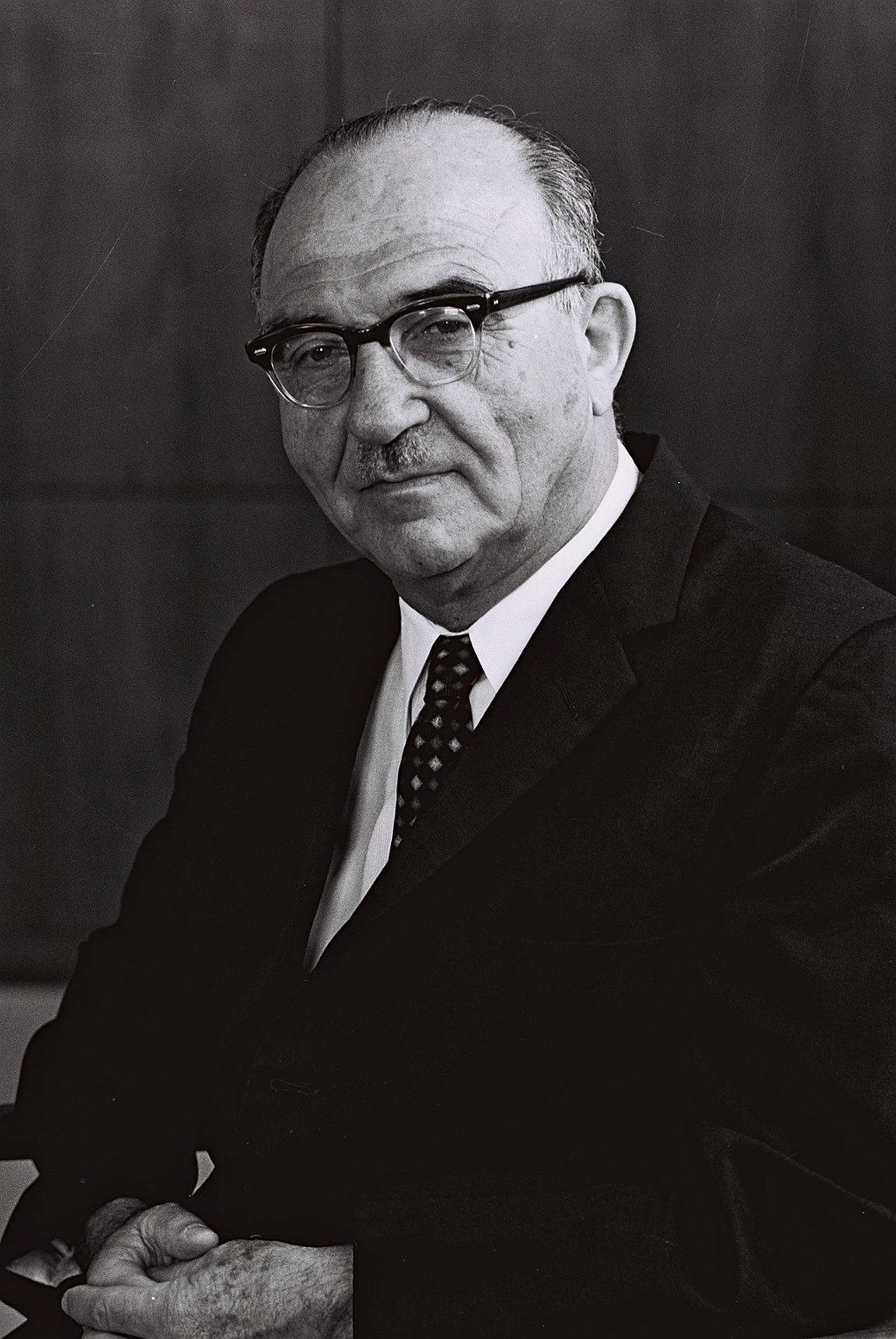Palestinian women have long played a pivotal role in preserving and promoting their cultural heritage amidst the complexities of conflict and displacement. Their contributions range from traditional crafts such as embroidery to the preparation of ancestral cuisine, passing down oral histories, and maintaining community practices. While political tensions have overshadowed much of the region's cultural history, the commitment of Palestinian women to preserving their heritage has ensured that these traditions remain alive and continue to shape their identity.
In the context of the Israeli-Palestinian conflict, cultural preservation has taken on even greater significance. Palestinian women have found ways to express their resilience and pride through their cultural heritage, with art and tradition offering a means of resistance and survival. In many ways, the efforts of these women have contributed not only to the preservation of Palestinian identity but also to cross-cultural exchanges with Israeli society, where traditional Palestinian art forms and cuisine have gained recognition and appreciation.
Palestinian Embroidery: A Symbol of Identity
Embroidery, known locally as tatreez, is one of the most celebrated forms of Palestinian cultural expression. For centuries, women have used embroidery to decorate their clothing, particularly the traditional dress known as the thobe. Each region in Palestine has its own distinctive patterns and color schemes, often symbolizing the village or family of origin. In this way, embroidery has served not only as an art form but also as a marker of identity and heritage.
Historically, Palestinian women would begin learning the art of embroidery from a young age, mastering intricate patterns and designs that were passed down from generation to generation. In addition to its aesthetic value, tatreez plays an important role in maintaining the cultural connection to the land, especially as many Palestinians have been displaced due to the ongoing conflict.
In modern times, embroidery has become more than just a traditional craft—it has taken on a deeper symbolic meaning as a form of resistance and resilience. As the conflict with Israel has led to displacement and fragmentation of Palestinian society, women have used tatreez as a means of asserting their cultural identity and connecting with their heritage, even from abroad.
Interestingly, Palestinian embroidery has also found recognition in Israeli society, where designers have begun incorporating traditional tatreez patterns into modern fashion. This cultural crossover highlights the potential for shared appreciation between Israelis and Palestinians, offering a unique opportunity for dialogue through artistic expression.
Preserving Cuisine: A Taste of History
Palestinian cuisine is another significant aspect of cultural heritage that women have been instrumental in preserving. Many traditional Palestinian dishes are rooted in the region’s agricultural history, making use of local ingredients such as olive oil, lentils, wheat, and a variety of spices. Recipes for beloved dishes such as maqluba (a layered dish of rice, vegetables, and meat), musakhan (chicken with onions, sumac, and bread), and knafeh (a sweet cheese pastry) have been passed down through generations, often from mother to daughter.
The act of cooking these traditional dishes is deeply intertwined with family life and community gatherings. For many Palestinians, food serves as a tangible link to their cultural identity, particularly for those who have been displaced. In Palestinian refugee camps, for instance, women have continued to prepare traditional foods as a way of maintaining a connection to their homeland and passing on their culinary traditions to their children.
Despite the tensions between Israelis and Palestinians, there is a shared culinary heritage that is enjoyed on both sides of the conflict. Dishes such as hummus, falafel, and shawarma are consumed by both Israelis and Palestinians, reflecting the region’s long history of cultural exchange. In recent years, Israeli chefs have begun acknowledging the influence of Palestinian and Levantine cuisine in shaping the broader culinary landscape of Israel. This shared food culture is a reminder of the deep-rooted connections between the two peoples, suggesting that even amidst political conflict, cultural bridges remain.
Oral Traditions: The Power of Storytelling
Storytelling has always been an important way for Palestinian women to preserve their culture. In many families, women are the keepers of oral histories, passing down stories, folktales, and proverbs that reflect the values and traditions of Palestinian society. These stories serve as a way to educate younger generations about their heritage and instill a sense of pride in their identity.
In the context of the Israeli-Palestinian conflict, oral traditions have taken on even greater importance. For many Palestinians, displacement has meant losing direct access to their ancestral homes and lands. Storytelling, therefore, becomes a crucial way of keeping memories of the homeland alive and preserving a sense of continuity with the past. Palestinian women, in particular, have been at the forefront of this effort, using stories to pass on the collective memory of their people.
These oral traditions are not limited to narratives of hardship and loss. Many Palestinian stories celebrate the resilience, humor, and resourcefulness of the people, offering a more nuanced picture of their experiences. By sharing these stories within their families and communities, women help ensure that Palestinian culture remains vibrant and alive, even in the face of adversity.
Empowerment Through Craft and Enterprise
In addition to preserving their cultural heritage, many Palestinian women have found ways to use their traditional skills as a means of economic empowerment. Handicrafts such as embroidery and weaving have become a source of income for women in rural and refugee communities, allowing them to support their families while maintaining a connection to their cultural traditions.
Numerous organizations have emerged to support these women, providing them with training, resources, and access to global markets. Through initiatives such as fair-trade cooperatives, Palestinian women are able to sell their handmade products internationally, raising awareness about their culture and contributing to the preservation of their heritage. These enterprises not only provide financial independence but also serve as a form of cultural diplomacy, sharing Palestinian traditions with a global audience.
Shared Cultural Heritage and the Future of Peace
While the Israeli-Palestinian conflict has created political and social divisions, there are areas where cultural preservation can foster greater understanding and cooperation. The appreciation of Palestinian embroidery, cuisine, and storytelling within Israeli society suggests that cultural heritage can serve as a bridge between the two communities.
Israeli designers, chefs, and artists have begun to recognize the value of Palestinian traditions, incorporating elements of Palestinian culture into their own work. This shared appreciation of cultural heritage offers a unique opportunity for dialogue and mutual respect. By acknowledging the cultural contributions of Palestinians, Israelis can help foster a sense of shared identity, which could pave the way for a more peaceful and cooperative future.
Conclusion: The Enduring Legacy of Palestinian Women
Palestinian women have played a vital role in preserving their cultural heritage, ensuring that the traditions, customs, and stories of their people are passed down through generations. In the face of conflict and displacement, these women have shown remarkable resilience, using their skills in embroidery, cooking, storytelling, and craftsmanship to maintain a connection to their land and identity.
As Israeli society continues to engage with and appreciate elements of Palestinian culture, there is hope that cultural preservation can serve as a foundation for building bridges between the two peoples. While the political challenges remain, the shared cultural heritage of Israelis and Palestinians offers a potential pathway to greater understanding, respect, and ultimately, peace.



